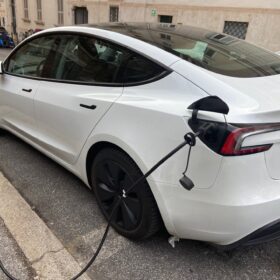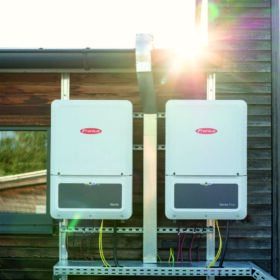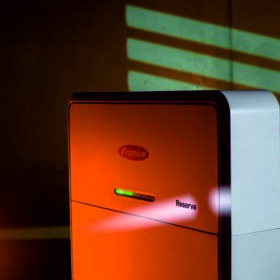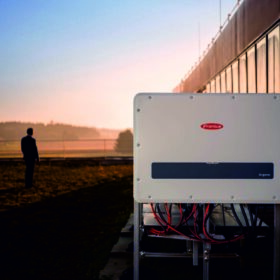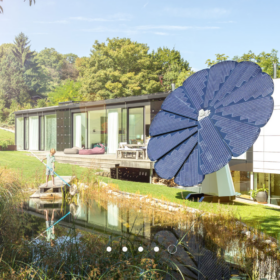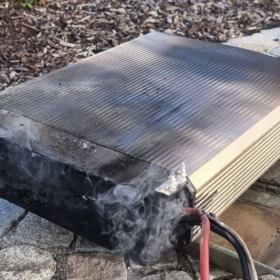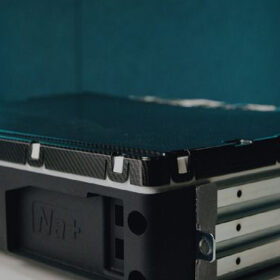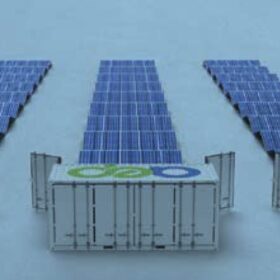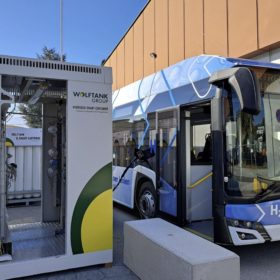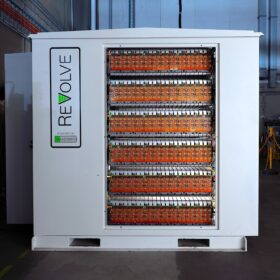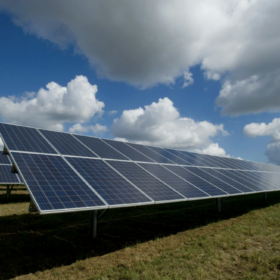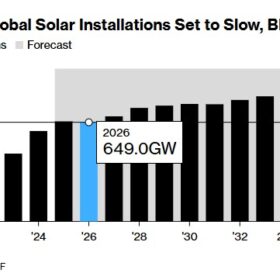Electric vehicle conspiracy theories challenge transport decarbonisation
A Queensland university has led a global study into misinformation about electric vehicles, which it found is fuelled by conspiracy theories and mistrust, even among people who own them.
Fronius launches hybrid inverters for residential, commercial applications
The Austrian manufacturer said its new hybrid inverters can increase the usable output of the PV system to up to 150%. They are available in six version with rated AC power ranging from 15 kW to 33.3 kW.
Fronius introduces 15.8 kWh lithium iron phosphate battery for rooftop PV
The Austrian manufacturer has launched its first battery system using lithium iron phosphate (LFP) cells. A total of up to four units can be connected in parallel for a capacity of 63 kWh.
Fronius introduces lithium iron phosphate battery for rooftop solar
Austrian manufacturer Fronius has launched its first battery system using 15.8 kWh lihtium iron phosphate cells with a capacity of 63 kWh when up to four units are connected in parallel.
Fronius presents new inverters for C&I projects
The Austrian manufacturer said its new Argeno inverter features an efficiency of 99.1%, a European efficiency of 98.7%, and a rated AC power output of 125 kW.
Nature inspires 2.5 kW Smartflower mobile solar system
New South Wales-headquartered critical power specialists Abundant Power Solutions has introduced the Austrian-made 2.5 kW Smartflower mobile solar system to Australia.
Germany, Austria hit by multiple solar battery fires linked to LG
pv magazine has learned that five solar-related fires in Germany and Austria occurred in late September. Photographs show that two of the blazes were likely caused by residential batteries manufactured by LG.
Weekend read: More than ‘an alternative’
Sodium-ion batteries could diversify the battery supply chain and take the weight off the shoulders of ubiquitous lithium-ion technology. pv magazine sits down with Florian Kogler, head of safety and user experience at Austrian sodium-ion battery business Kite Rise, to discuss the technology’s potential and the company’s development plans for batteries made in Europe.
New plug-and-play mobile PV system
The “Solar Box” mobile power plant is a container consisting of solar modules, a battery storage system, and a hydrogen storage system. According to Austria’s Alternative Energy Projects (AEP), the system starts at 94 kW and can be scaled up to more than 5 MW.
Mobile hydrogen refuelling stations set for remote mines and industrial sectors
A distribution agreement between Europe-based Enermech and Wolftank Group will see mobile hydrogen refuelling stations installed at remote mine sites and industrial sectors across Australia and New Zealand.
